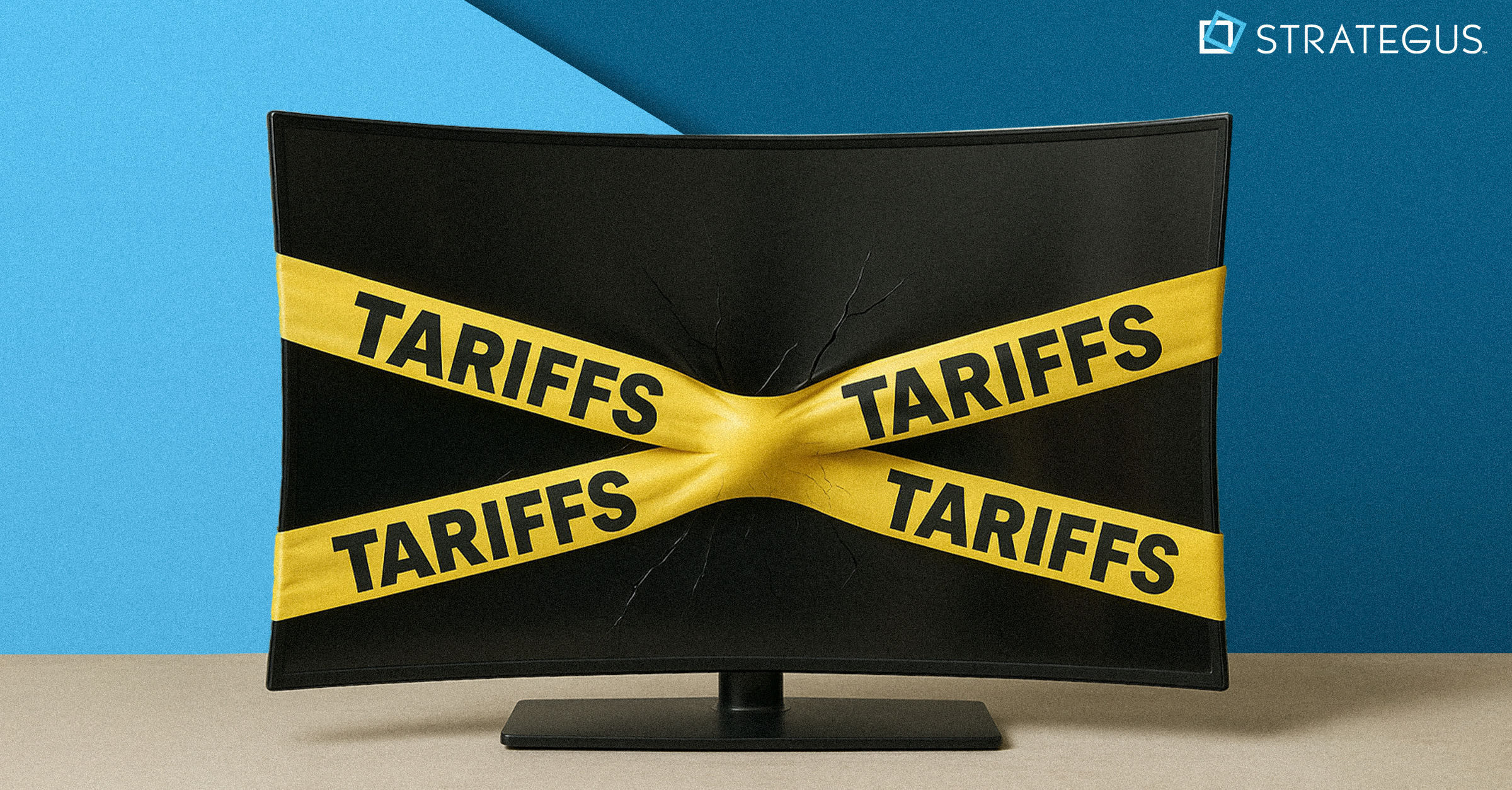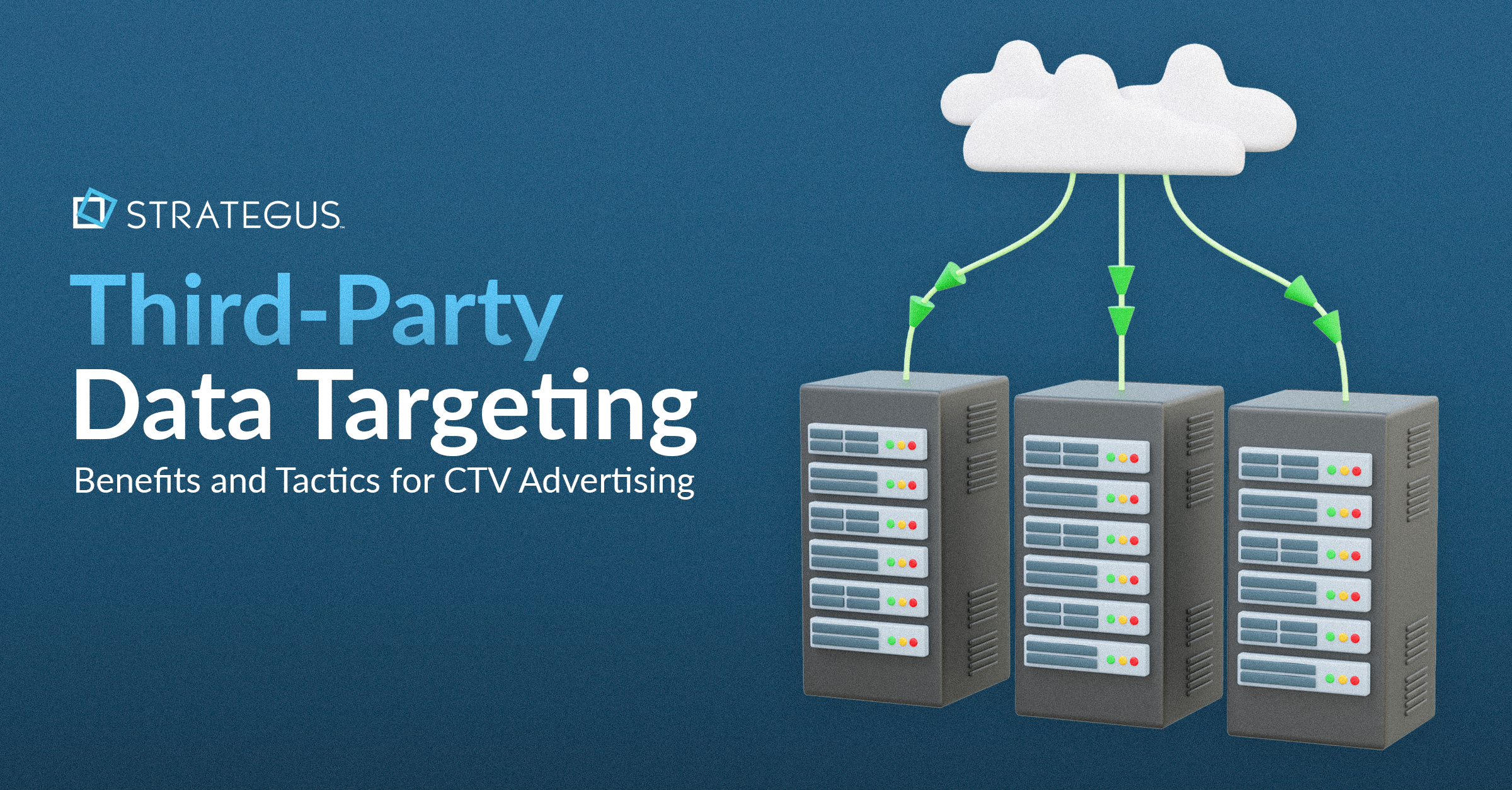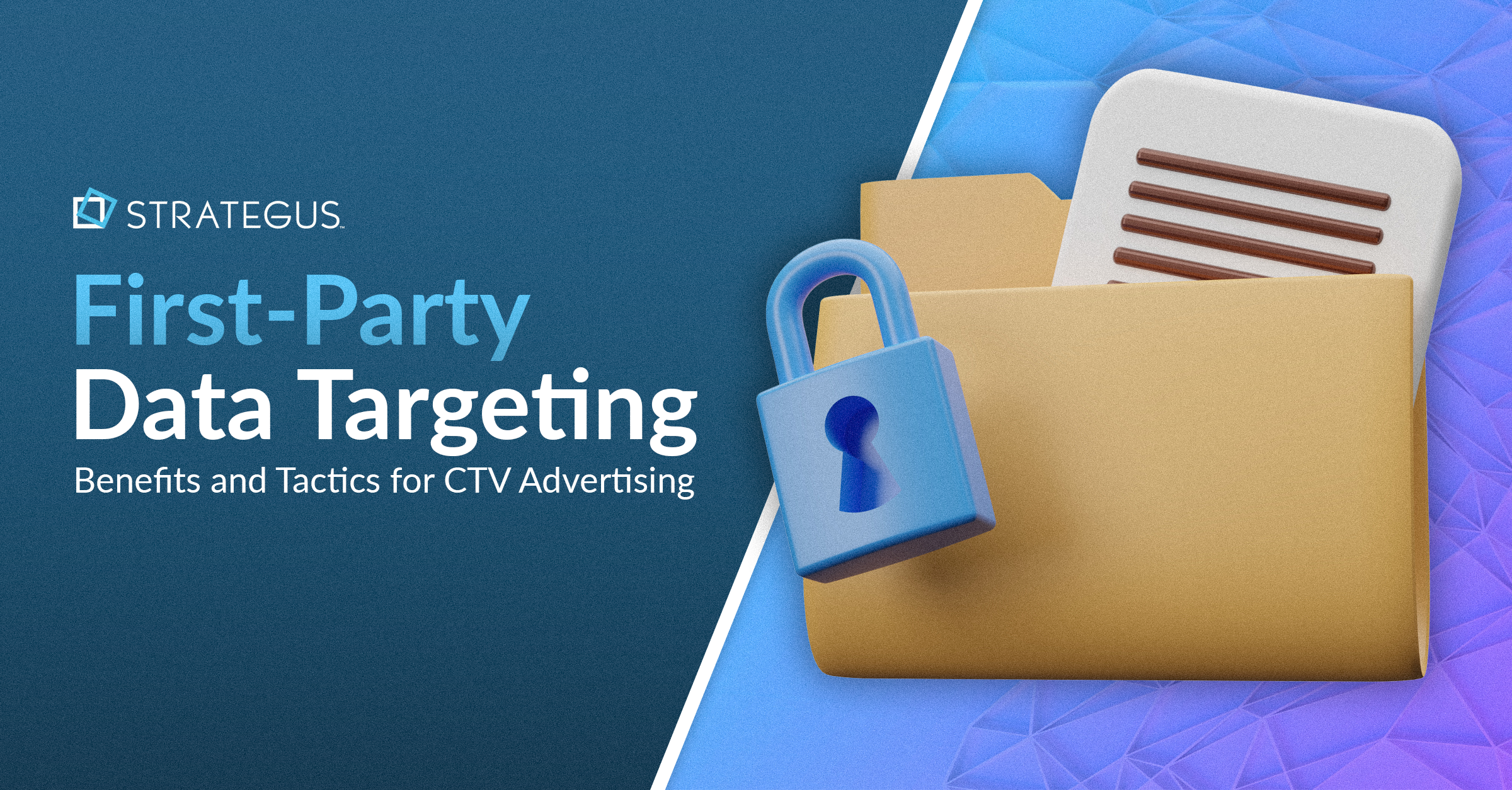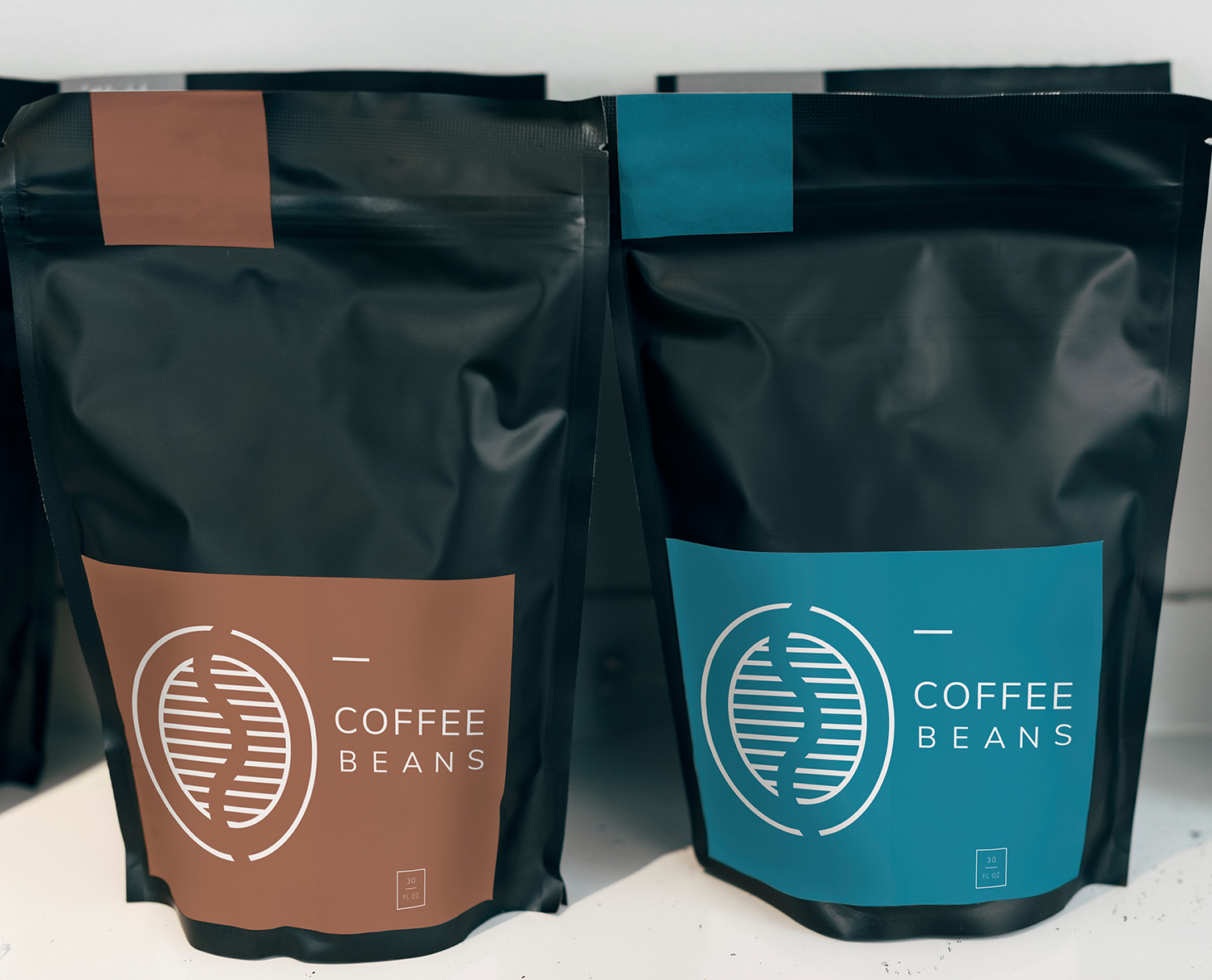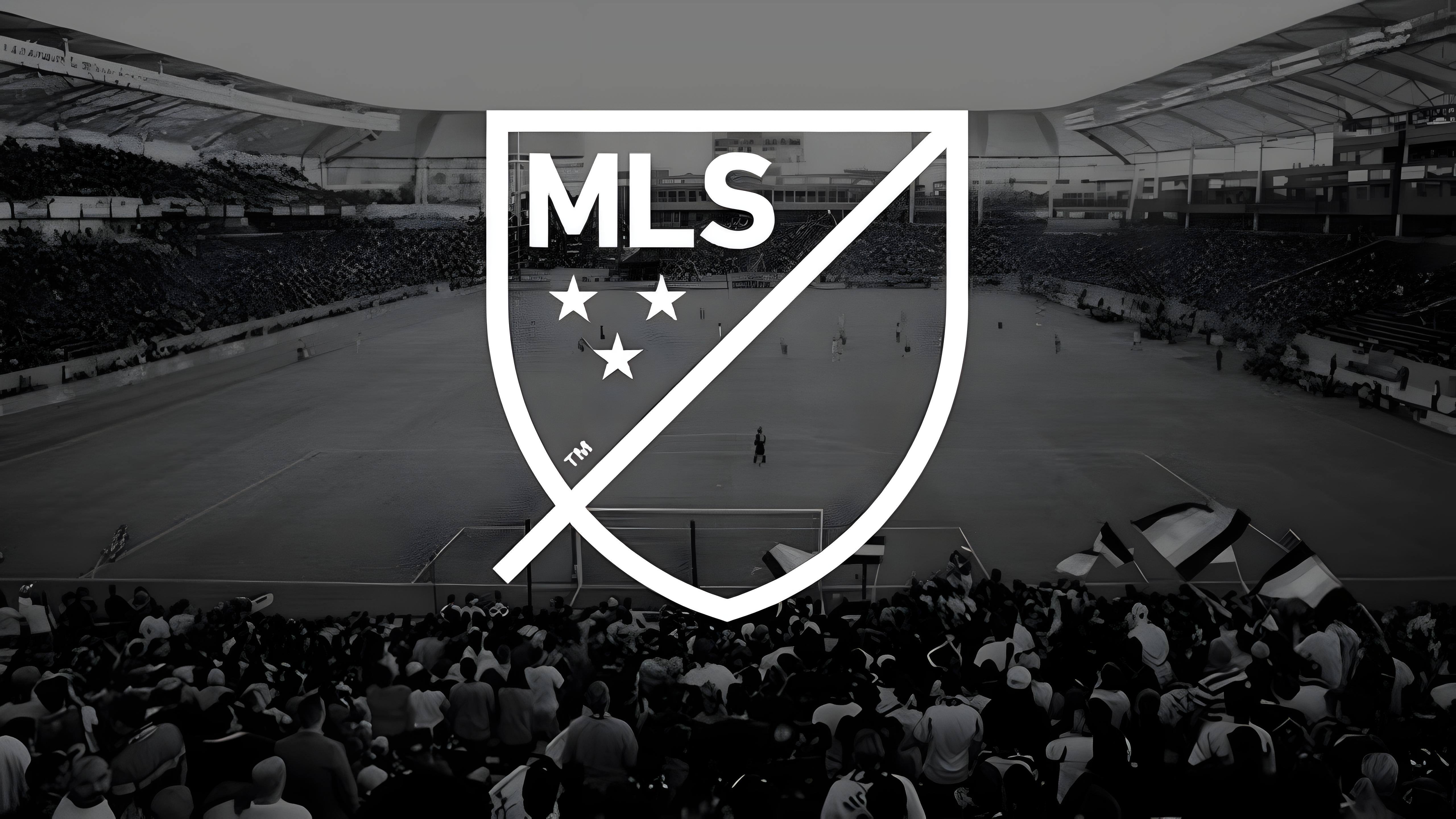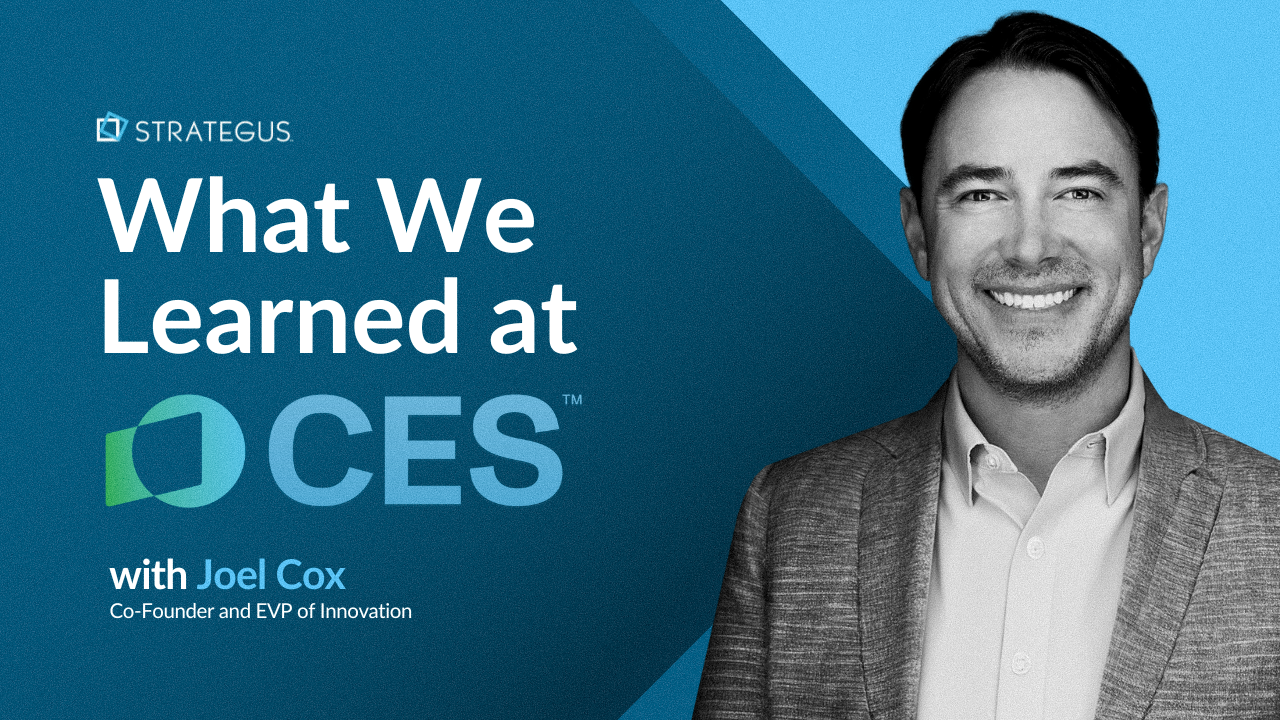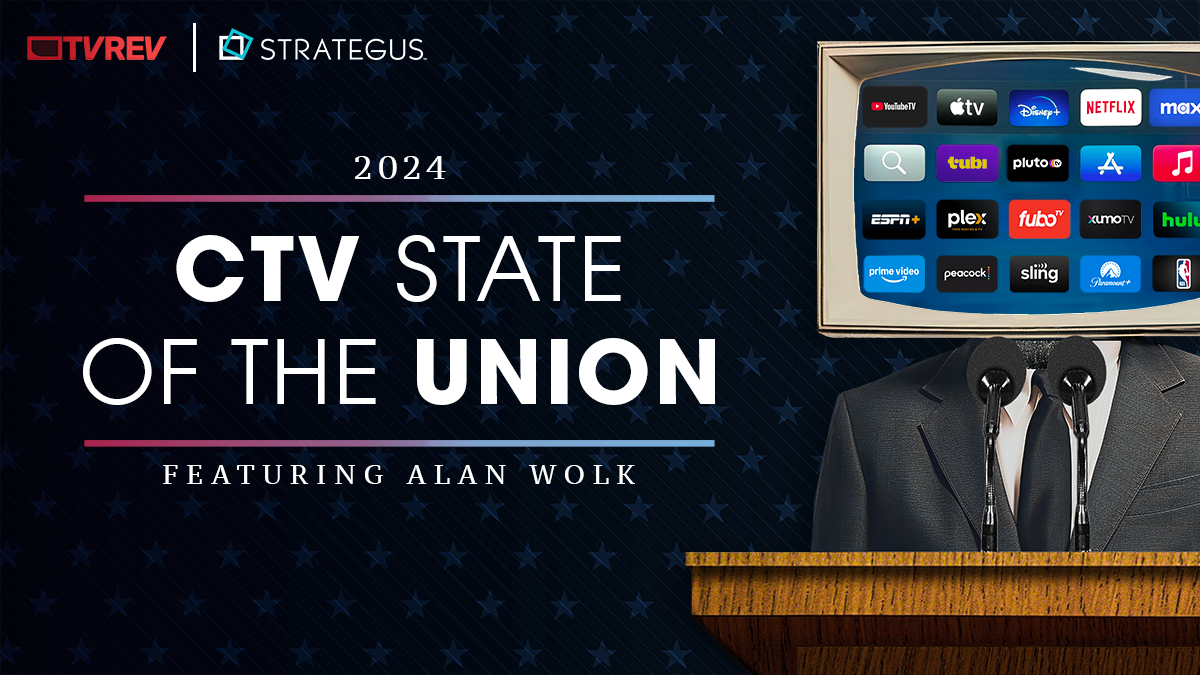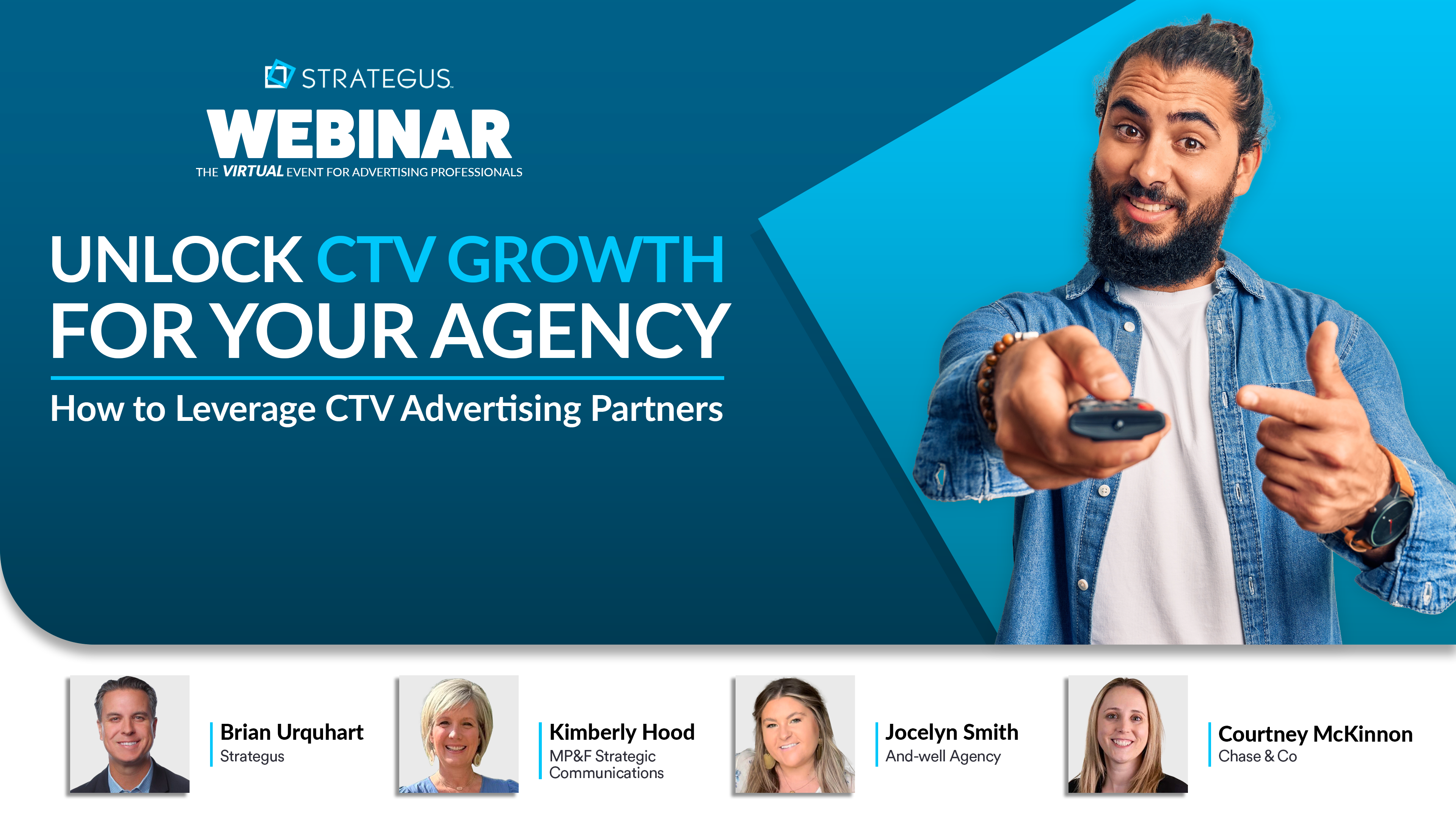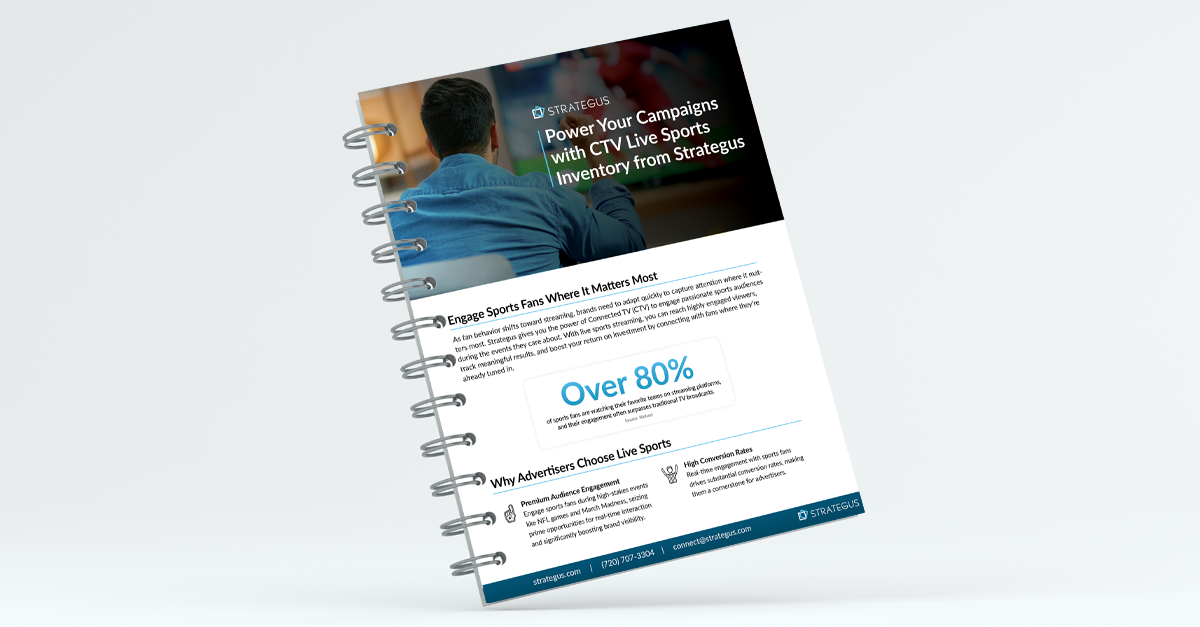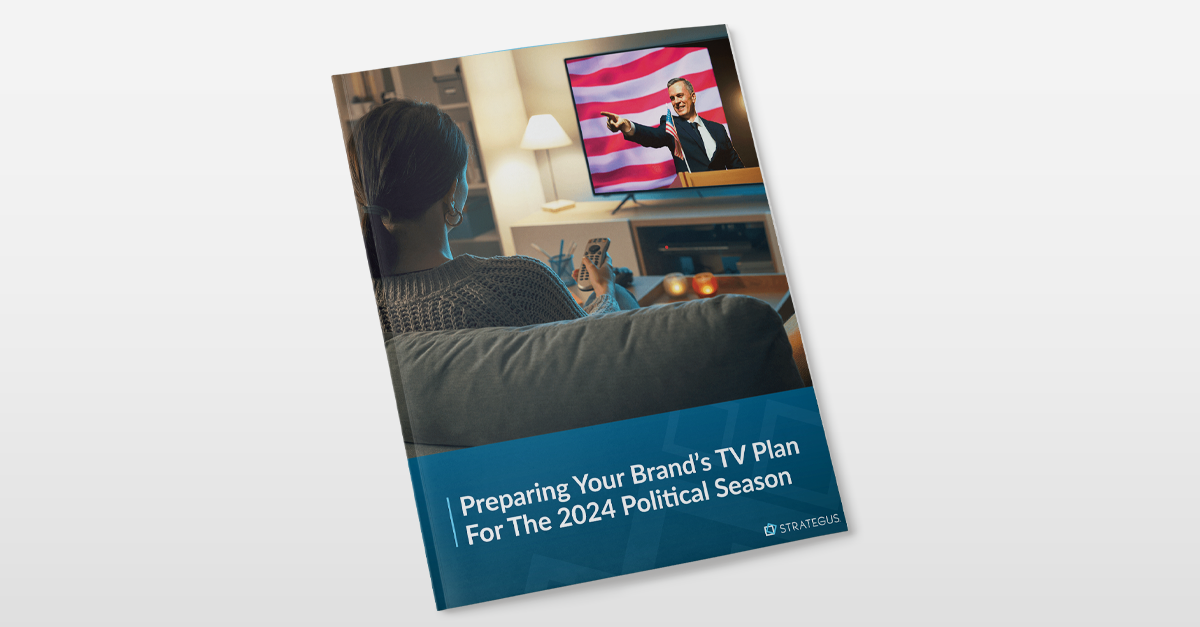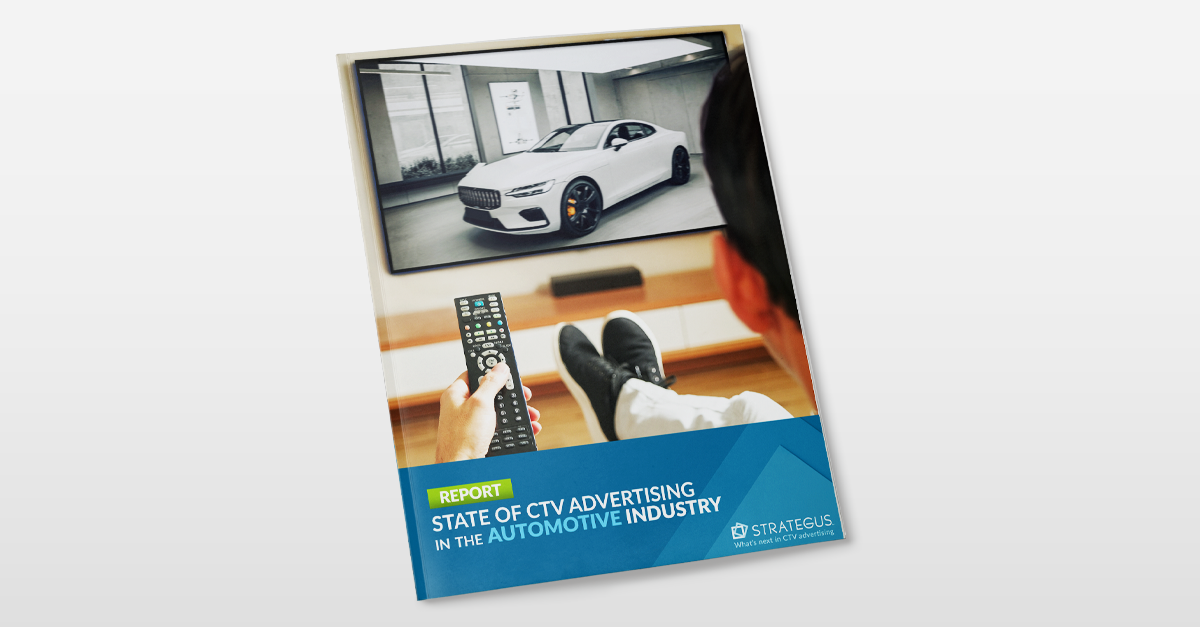- Home
- Strategus Blog
- Programmatic Digital Advertising and the Future of Ad Buying
Programmatic Digital Advertising and the Future of Ad Buying
 Andy Dixon
Andy Dixon
5 minutes read

Considering nearly everything is done virtually, and it is generally more effective and efficient, the programmatic industry is predicted to reach $98 billion in ad spend by the end of 2021 and comprise as much as 68% of digital media advertising.
Before you make the informed decision to improve your strategy, let’s go over the basics of programmatic digital advertising and the future of ad buying as it stands today.
Not Your Father's Ad Buying
While most marketers have become more accustomed and familiar with traditional ad buying processes, it’s actually outdated and not nearly as effective. Much like other innovations influenced by technological advancements, the changing world of ad buying is moving at a fast pace, and it’s essential that marketers keep up and adapt to stay ahead of the changes.
While traditional media buying usually involved buying media space directly from vendors, new programmatic advertising is far more automated and complex. It involves the process of buying media ads through real-time bidding (RTB) auctions that have little to no media buyer involvement or intervention.
Major differences include:
- Manual vs. automation — direct media buying is done manually, while programmatic is fully automated and customized to the marketer’s needs. This means the process is much quicker and less time-consuming on the part of the advertiser.
- Human interaction — traditional media buying process includes an advertiser contacting a publisher and discussing terms and payment, while an advertiser using programmatic would establish their targeting options and be matched without the need for human intervention.
- Negotiations — negotiations on terms and pricing take place in different capacities. Meaning they’re done in-person under traditional means and through RTB in new media buying.
- Reporting — old media buying only has manual reporting, whereas new media buying has real-time reporting that not only keeps advertisers more up-to-date on performances and results, but also allows for marketers to make more informed decisions sooner rather than later.
- Cost-per-thousand (CPM) — Traditional media buying CPMs vary wildly and with little justification, while programmatic CPMs are based on first and second-auction bids, offering much greater efficiency and predictability.
What is Programmatic Advertising?
Programmatic advertising is the process of purchasing online advertising impressions through automated demand-side platforms that relies on complex interfaces and algorithms to aggregate, book, flight, analyze and optimize the ad campaign. These automated ad exchanges between advertisers looking to buy ad space and publishers looking to sell ad space allow for faster, easier, and more useful transactions to be made.
On the advertiser’s end, a computerized demand-side platform (DSP) is used to expedite the transaction and bidding during the ad auction to match consumer data targeting specifications (age, location, buyer behaviors, etc.). Sellers use digital supply-side platforms (SSP) to facilitate the ad exchange on their end and ensure they’re getting the most value out of their ad space by significantly reducing the risk of unsold inventory.
In a general, less complex overview of the programmatic advertising process, Outbrain condenses it into 6 steps:
- A consumer clicks on a given website
- SSP — The ad impression is put up for auction by the site owner
- DSP — Advertisers automatically start bidding for the impression
- The highest bidder wins the ad impression
- That bidder’s ad is served to the user on the website
- Ideally, the user clicks on the ad and coverts
Keep in mind, this process actually happens in a matter of seconds and not nearly as long as it takes even to read what the steps of the process entail.
Is Programmatic the Future of Ad Buying?
Yes, and if you aren’t already beginning to adapt, you will likely be forgotten. As media buying trends transition from traditional/broadcast to OTT/CTV, the future of programmatic ad buying will be the most popular tactic for media buyers to adopt. Advertisers cannot afford to miss out on the opportunities it is expected to open up.
In fact, eMarketer forecasts that programmatic ad spend will continue to grow in importance, especially as key trends are predicted to affect growth in the coming years.
Since making pre-pandemic forecasts, eMarketer made cuts and adjustments to their reports. Yet, they found despite the uncertainty and changes brought upon the industry, “major digital ad sellers reported better-than-expected results throughout the summer. US programmatic digital display ad spending grew more than 10% in 2020 and will rebound to 24.1% growth in 2021.”
In the areas of programmatic display, the fastest-growing components were said to be CTV in ad spending because it’s predicted to experience a 52.9% growth, video in terms of the format since it continues to dominate consumer preference, and digital audio services advertising — more specifically, podcast advertising.
What’s more, their report includes major trends that are expected to drive decisions. In particular, the phasing out of Google’s third-party cookies, the changes being made to Apple’s IDFA, and the growing popularity of streaming services and mobile gaming are likely to “shake-up the programmatic media ecosystem.”
Start Adapting or Fall Behind
As difficult as it can be to keep up with the perpetual changes and innovations in the advertising industry, these shifts bring about new opportunities and better performances. It’s without a doubt more challenging to adapt to digital advancements than it is to continue doing what you’re doing, especially since you’re likely an expert in traditional ad buying processes by now.
The problem is that the challenges associated with programmatic digital advertising are much more rewarding when you get the hang of it. As you may be noticing, more and more competitors are coming to that realization. The professionals at Strategus have already gotten intimately familiar with its processes and best practices. Partnering with our team will get you ahead in programmatic digital advertising and keep you from falling behind.

Andy Dixon is a seasoned Content Writing Specialist at Strategus, renowned for his expertise in creating engaging and impactful digital content. With over a decade of experience in content creation, Andy has honed his skills in a variety of niches, ranging from technology and marketing to education.
Strategus is a managed services connected TV(CTV) advertising agency with over 60,000+ campaigns delivered. Find out how our experts can extend your team and drive the result that matter most.
Talk to an Expert
Seeking a Custom CTV Strategy That Delivers?
What to read next
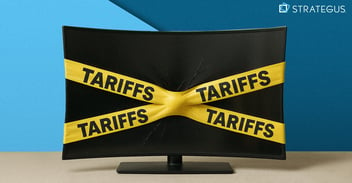
Advertising as Tariff Fears Mount: Strategies for 2025
There’s a word on everyone’s mind right now: recession. Tariff negotiations have caused market uncertainty, all while inflation continues to loom. JP...
6 minutes read
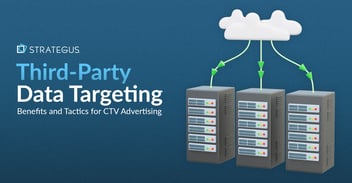
Third-Party Data Targeting for CTV: Benefits & Tactics
Third-party data. It’s a term that’s thrown around, and yet few take the time to detail its pros and cons — much less strategies for using...
7 minutes read
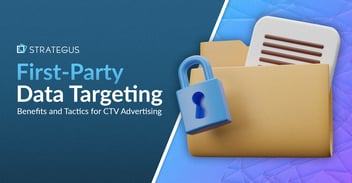
First-Party Data Targeting: Benefits and Tactics for CTV Advertising
First-party data is the information that companies collect directly from their customers rather than through intermediaries. Advertisers use this...
10 minutes read
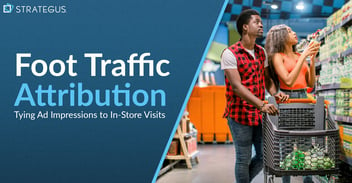
Foot-Traffic Attribution: Tying Ad Impressions to In-Store Visits
The marketing funnel has changed. Today’s shoppers often begin researching products from the comfort of their homes and don’t set foot into a store...
8 minutes read



